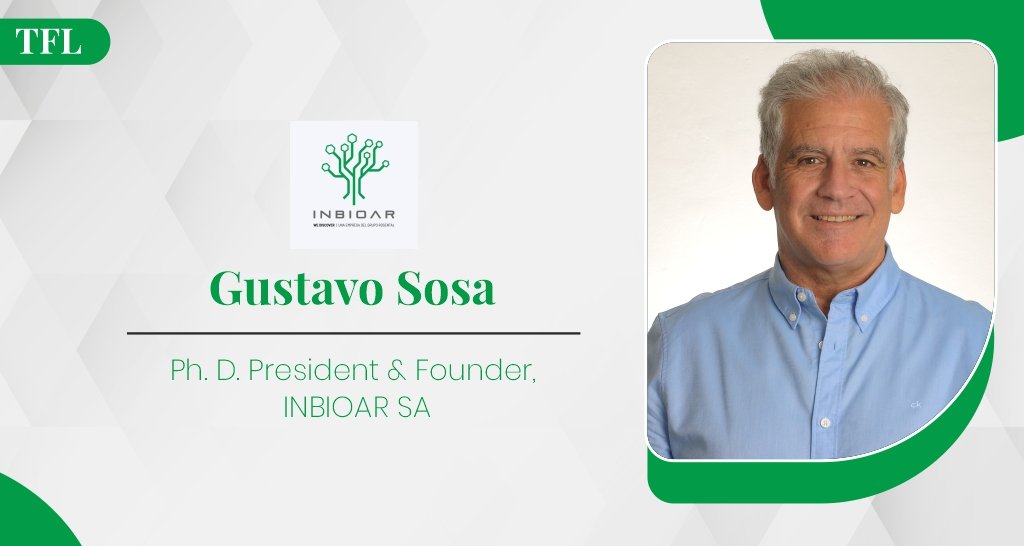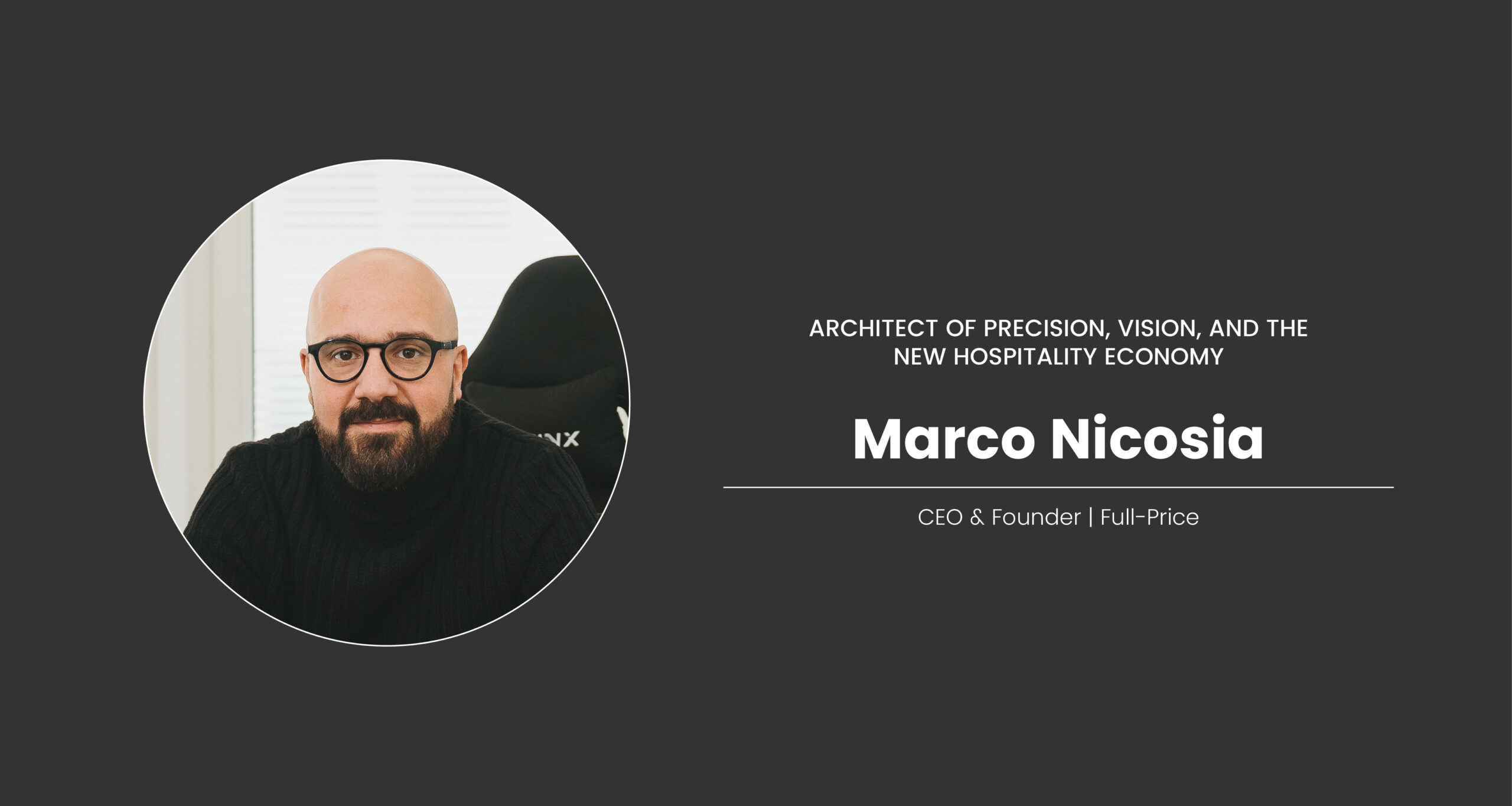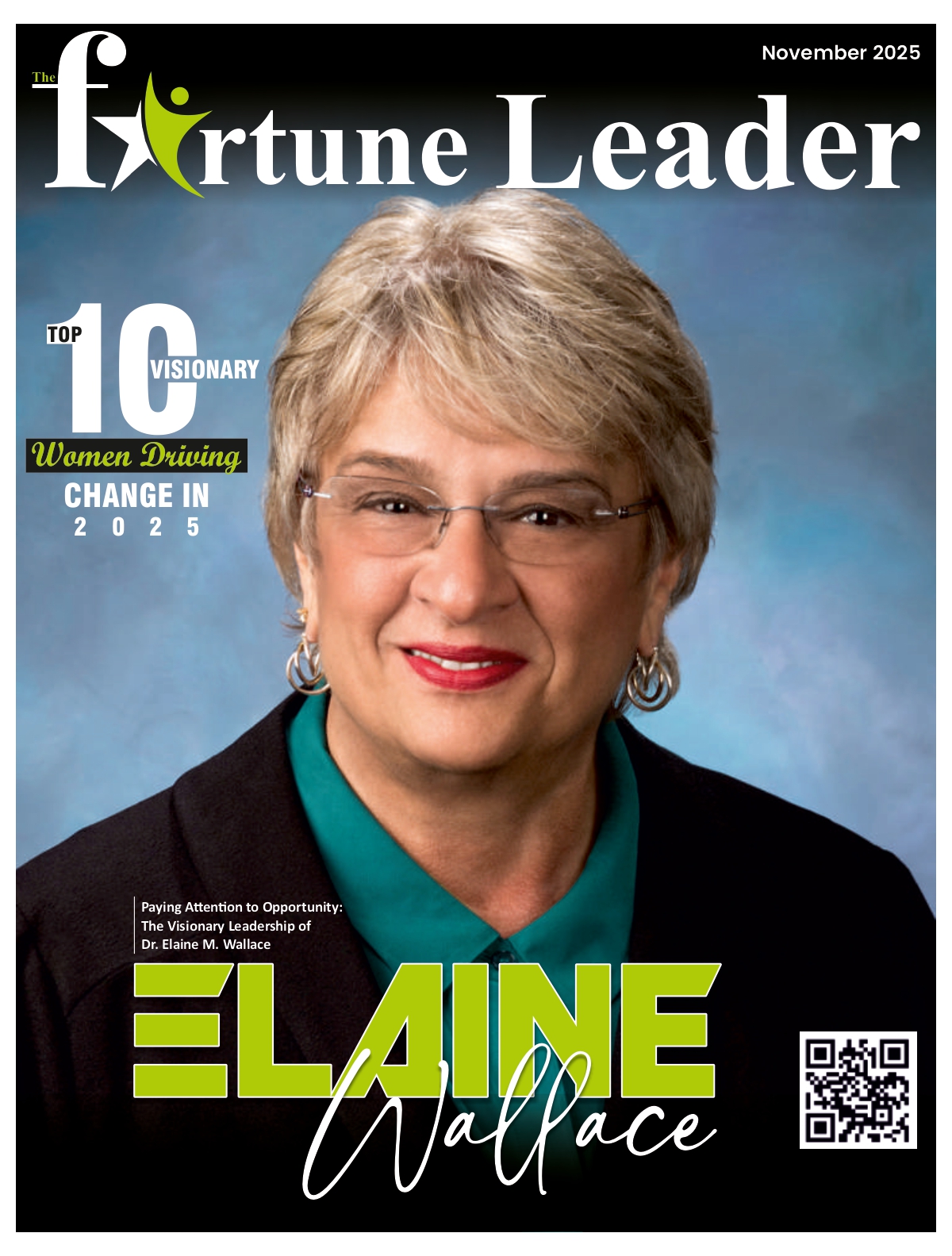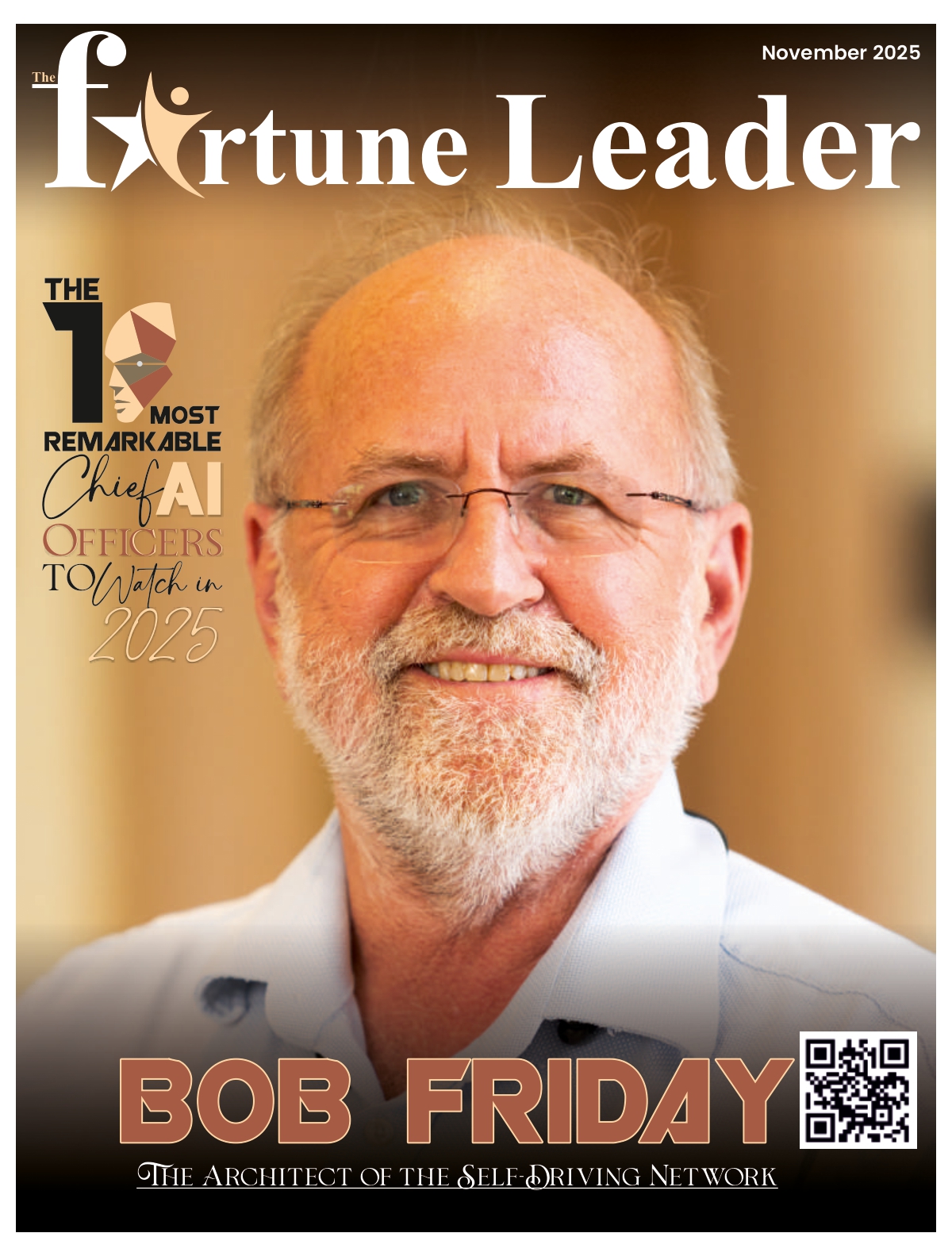From allelopathy to bio-herbicides: A lot of work with good results… commercially still to come
It is not easy to imagine how your “enemy” can help to win the battle. May an enemy give us the tools to win? Every year the farmers receive a lot of weeds consuming the crops resources. How can it be possible that a weed help to control weeds? But weeds can help crops killing weeds. Let me tell you how.
It is very well known that plants release chemicals to the environment and that chemical controls the growing (and behavior) of other plants around. What if we can isolate the chemical released and put it in a bottle and use it as a Bio-Herbicide.
We at INBIOAR screen large areas collecting samples of plants. We observe in the natural environment how the plants cover the soil. The success in the colonization of the soil is a demonstration of the ability of the plant to grow and reproduce under difficult conditions. Many times, the weed species are the Kings in the conquest of the soil surface.
We assume the hypothesis that the skill to cover the soil competitively is because the plant produces effective chemicals. The chemical control the plant growing conditions in its environment allowing the growing of plants from the same species, not from the other species. In what is a natural defense mechanism of the plant that was perfectionated during thousand of years, we see a bio-herbicides. A plant releases a chemical to kill other plants. In the farm it is the farmer who uses the chemical (the same chemical) to kill the weeds.
We did experiments and we determined that many plant species growing in some regions produce more “bio-herbicides” than the same plant in a more comfortable weather.
We have published a paper about ammi visnaga as a source of Khellin and Visnagine. Ammi is a weed originally from Egypt and spread globally. A weed like ammi, can be transformed in the “raw material” to produce a bio-herbicide in arid regions. The plant can grow freely and abundantly in that weather condition.
Thinking more, we propose that a weed species can be transformed into a new crop. Semi deserts are poor regions because there are not many natural resources to produce goods.
But if we think that weeds and the few plant species growing in the semi deserts have an economic role in the industry, then the region has a new economic income. A study like the one that INBIOAR is doing in semi-desert regions will help to find new resources to trade worldwide from the arid regions. The new crop may change the people reality, and it is a plus in our project that makes us very happy.
How much cost to cultivate ammi? Ammi can be grown every year freely in the field. We can collect the flowers to produce the bio-herbicide plant extract. The cultivation of ammi in the field do not require care: not fertilizers, not fungicide nor insecticides. It is a weed!
Ammi can produce 15 tons of flowers per year in one hectare. It will allow to produce enough bio-herbicide to do one application in 1.200 hectares. The ratio seems very good. But it can be improved for sure. We started using visnagine at 15kg/ha. Now we are using less than 3kg/ha. We still do not know how far we can go with this bio-herbicide in development.
If we think to produce the extract, then the trash we produce after the extract is done is just wet plant tissue. The extract is dried by a spray-drier, and the wet plant tissue is mix with the soil after it is used. Then there is not trash left behind the production.
In the farm the powder extract is offered in water-soluble bags. The bags are drop in the water tank just before to be used. The adjuvant may be offered in small bags to prepare the formulated just before use in the water tank.
This is Agri-Food Clean Technology where no synthetic chemicals are used and there is no trash anywhere: not when we produce it, not when it is applied to. The natural chemicals are quickly degraded by nature. What the nature does, the nature degraded. The food in our freezer will be clean of chemicals!
Plants (weeds) can control weeds. A plant species that do not participate in the economy can be transformed in a competitive raw material.
A Government can see our project to improve the income of a region using what is a non-crop into an important crop to produce bio-agrochemicals. When a weed is transformed in a crop, we are sure we are doing science for the people.
Author Bio-
Gustavo Sosa Ph. D.
President and Founder of INBIOAR SA
Gustavo Sosa is a forest engineer and has a Ph. D. in plant biochemistry and molecular biology. He did two post docs. The last one in The Ohio State University. Gustavo funded INBIOR thirteen years ago thanks to the Rosental Family office.
Gustavo led the Ph. D. Thesis work of María Lucía Travaini with whom he established INBIOAR. Lucía is the CEO of INBIOAR Argentina while Gustavo is establishing INBIOAR in the US. He expects to be in the US collecting samples in The Southwest during the 2025 summer.
Gustavo used to be a mentor and speaker in many congresses and universities where he is invited to talk about leadership and research.
- Visit Dr. Gustavo Sosa – LinkedIn Profile
- Visit INBIOAR – Company Website












